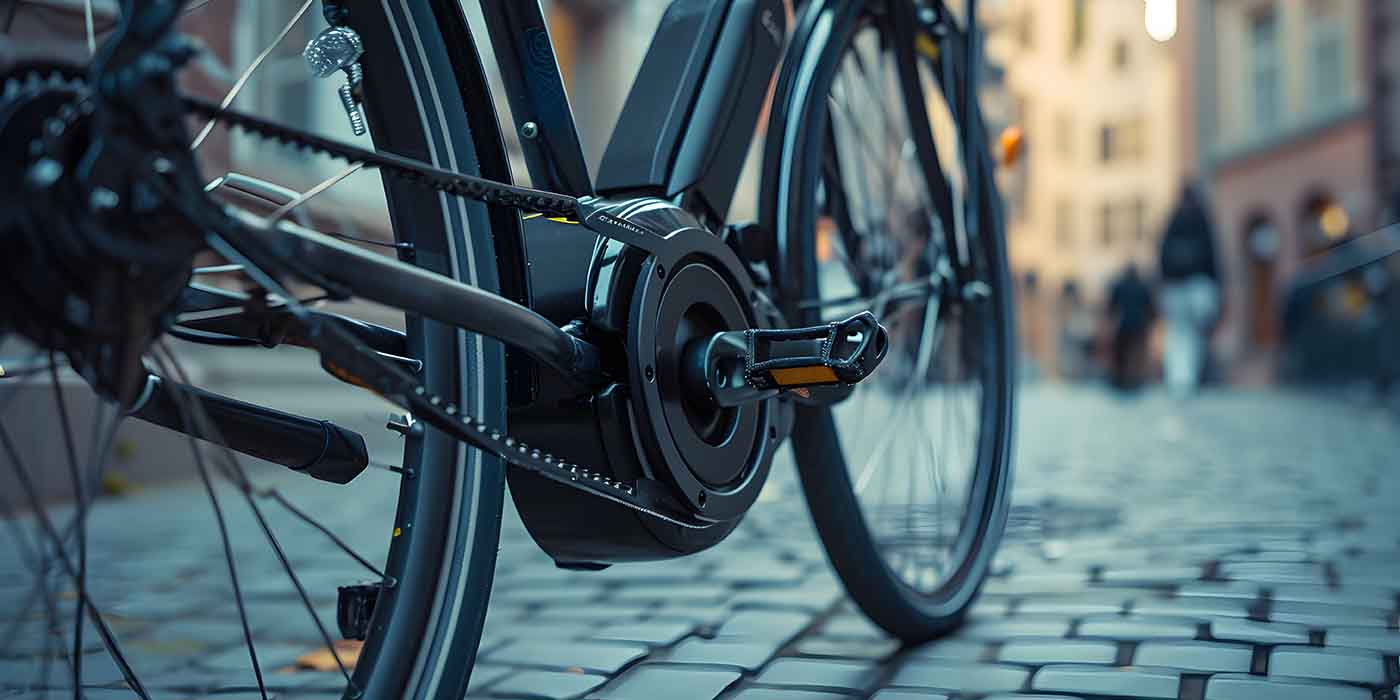Not long ago, horsepower was vital information in the personal watercraft game. Manufacturers practically tripped over themselves in the race to claim the title of highest-powered musclecraft. Consumers relied on the HP performance to decide whether to fork over the additional cash for the next higher model in a manufacturer’s lineup or settle for something less costly.
In recent years, however, those horsepower numbers have fallen by the wayside, to the point where the information is no longer found on 2012 spec sheets. It’s confusing to the consumer, but the reality is that horsepower numbers may not have meant that much anyway. The trick is how to educate the consumer to this new reality.
Start with the fact that published horsepower numbers often didn’t tell the real story. We know this because the Environmental Protection Agency demands accurate info from the OEMs for emissions testing. That information reveals that while some manufacturers were fairly honest in their horsepower claims, others were often off the mark. Trace it back to an agreement made by members of the National Marine Manufacturers Association (NMMA) that allowed for “manufacturing tolerances.” A 10 percent leeway in advertised horsepower from actual horsepower allowed manufacturers to label engines with nice, round numbers, and in some cases, artificially inflate a craft’s horsepower.
But even if the numbers were accurate, they wouldn’t provide an apples-to-apples comparison. That EPA data and actual on-water testing reveal that certain boats with less horsepower actually go faster than some boats with more; some with less compete equally with those boasting more. Dealers need to relay to consumers that a significant part of the reason is simply that craft are different. They weigh differing amounts, feature different lengths and hull designs, position the rider and fuel load differently (which affects running angle), even have pumps of differing efficiencies. Manufacturers also have different goals with different crafts. Some may emphasize handling, others speed or rough-water ability.
Yamaha was the first to opt out of this numbers game. “Shooting for the highest horsepower number is the easy approach and results in little more than a sticker on the side of a unit,” says national marketing manager Bryan Seti. “Consumers are looking for the best performance, not horsepower, and that is indicated by a number of factors. We set actual performance targets — acceleration and speeds the unit must achieve — and then innovate to find the most lightweight, fuel-efficient and reliable way to beat that benchmark.”
Sea-Doo and Kawasaki recently followed suit, dropping the number from the 2012 spec sheets (although to be fair, names like Ultra 300X and RXP-X 260 still share the numbers, real or imagined). “Starting with (model year) ‘10 and in-line with EPA standards, BRP has taken substantial steps to reduce the environmental impact of Sea-Doo PWC and boat engines while maintaining performance,” says spokesperson Tim McKercher. “As such, the reference for Sea-Doo engine performance becomes these new EPA certification numbers. Since the addition of this new source of information will most likely create confusion in the marketplace, we have decided to discontinue the declaration of engine power in our marketing materials. It’s important to note that the performance of our products remains virtually unchanged.”
Kawasaki reps echo that last statement. Horsepower has not changed on their products, nor will development of faster, more powerful products stop. The official company line is only that the company no longer quotes horsepower numbers on any of its product lines. Off the record, however, company reps hint at what may be the real reason behind the demise of hp numbers — that manufacturers are trying to be responsible corporate citizens, not escalate a horsepower arms race, and avoid kicking any regulatory hornet’s nest.
Whatever the reason, consumers will need to be educated to this new reality.
Jeff Hemmel has been covering the personal watercraft industry for over 20 years and is a member of the International Jet Sports Boating Association Hall of Fame. His work appears in numerous titles, including Boating Magazine, Boats.com and PersonalWatercraft.com.













